6 Reasons Walmart’s eCommerce Strategy is Winning
Indigo 9 Digital
MARCH 9, 2023
Since 90% of the United States population lives within 10 miles of a Walmart store this move has become a game changer for the retailer. Consumers love shopping online but what they really want is control. Be honest, before the pandemic weren’t you were part of the vast majority of consumers that had never tried curbside pickup?

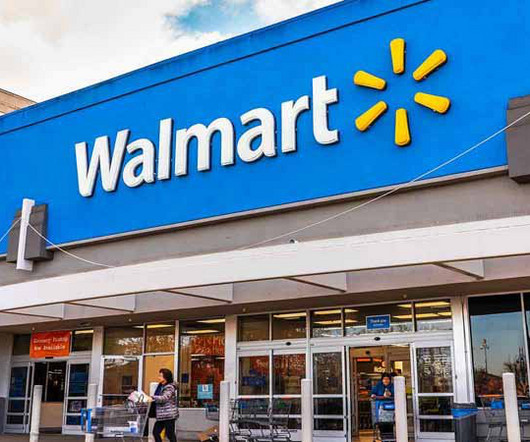
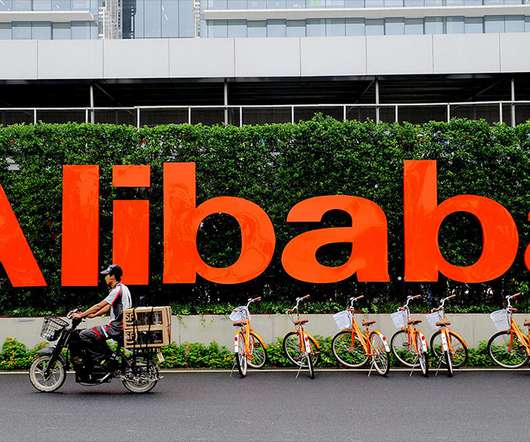
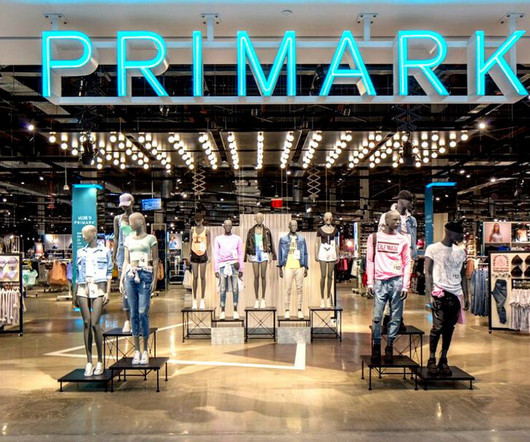
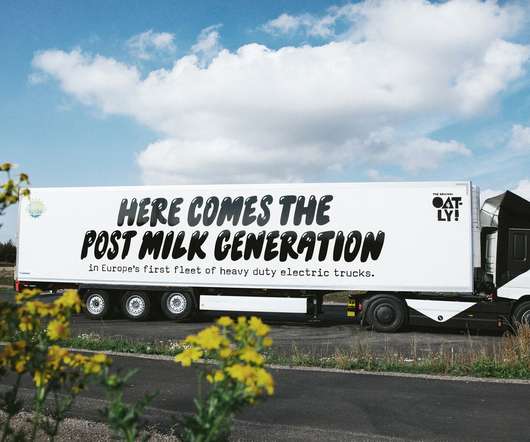
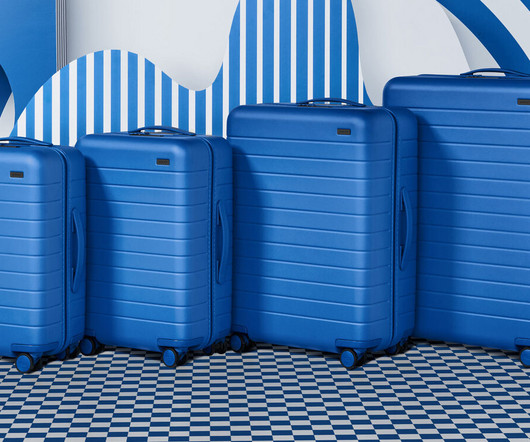







Let's personalize your content